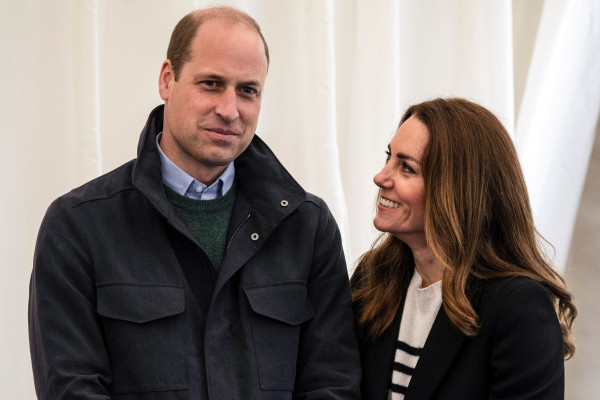Prince William's Alleged Affair Takes Center Stage as Kate Middleton's Absence and Mainstream's Report Fuel Speculations

The British Royal Family finds itself at the heart of a burgeoning media storm, as allegations surrounding Prince William and a rumored affair with a close friend of Kate Middleton's have surged from the shadows of social media speculation to the glaring lights of mainstream media coverage. This transition was catalyzed by a mention on a popular U.S. television show, sparking a flurry of reports across major news platforms, thereby intensifying the palace's ongoing public relations crisis linked to the Duchess's recent absence from the public eye.
The crux of the controversy was Stephen Colbert's segment on The Late Show, where the host delved into the "disappearance" of Kate Middleton, linking it humorously to internet theories about Prince William's alleged infidelity. This bold move by Colbert to address the elephant in the room on national television prompted a cascade of coverage from reputable outlets including The Guardian, the New York Post, and ET, among others, marking a significant shift in the narrative's treatment by the media.
Historically, mainstream outlets have steered clear of the affair rumors, adhering to Kensington Palace's staunch denials. The tale initially gained traction in 2019 following a cryptic report by The Sun, which hinted at a fallout between Kate and her erstwhile friend, Rose Hanbury, the Marchioness of Cholmondeley. Although the story was later retracted, the gossip found new life on social media platforms, culminating in a viral Instagram post in the summer of 2022.
The royal family's recent faux pas, involving the release of a digitally altered photograph of the Duchess with her children, has only fanned the flames of speculation. Critics argue that such blunders erode public trust and lend credence to the swirling rumors, despite the lack of concrete evidence to support the claims of an affair.
The situation has been further complicated by the online community's relentless dissection of every related detail, with influencers and users alike offering their takes on the rumored scandal. Speculations have even extended to the existence of a child born from the alleged liaison between Prince William and Hanbury, though these claims remain unsubstantiated.
The silence from the royal camp has been deafening, with no official response to the resurfacing of the affair rumors or the edited photograph debacle. This lack of communication has only heightened public intrigue and skepticism, leaving many to wonder about the underlying truths of the matter.
Royal biographer Omid Scobie cautions against the dangers of allowing rumors to fester unaddressed, suggesting that unchecked speculation can circle the globe multiple times before any attempt at clarification is made. The royal family's strategy, or lack thereof, in dealing with such sensitive issues is increasingly under scrutiny, as the balance between privacy and public accountability becomes ever more precarious.
As the story continues to evolve, the royal family's approach to crisis management and public relations will undoubtedly be tested. With the world watching, the need for transparency and candor has never been more critical, lest the monarchy's reputation suffer further in the court of public opinion.














